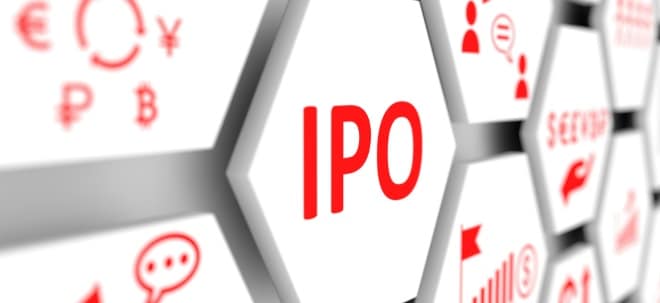Dafür nennt Michael Snyder vom Economic Collapse Blog 11 Gründe:
#1 The weak economic growth in the first quarter was the continuation of a long-term trend. Barack Obama was the only president in history not to have a single year when the U.S. economy grew by at least 3 percent, and this is now the fourth time in the last six quarters when economic growth has been less than 2 percent on an annualized basis. So essentially this latest number signals that our long-term economic decline is continuing.
#2 Consumer spending drives the U.S. economy more than anything else, and at this point most U.S. consumers are tapped out. In fact, CBS News has reported that three-fourths of all U.S. consumers have to “scramble to cover their living costs” each month.
#3 The job market appears to be slowing. The U.S. economy only added about 98,000 jobs in March, and that was approximately half of what most analysts were expecting.
#4 The flow of credit appears to be slowing as well. In fact, this is the first time since the last recession when there has been no growth for commercial and industrial lending for at least six months.
#5 Last month, U.S. factory output dropped at the fastest pace that we have witnessed in more than two years.
#6 We are in the midst of the worst “retail apocalypse” in U.S. history. The number of retailers that has filed for bankruptcy has already surpassed the total for the entire year of 2016, and at the current rate we will smash the previous all-time record for store closings in a year by nearly 2,000.
#7 The auto industry is also experiencing a great deal of stress. This has been the worst year for U.S. automakers since the last recession, and seven out of the eight largest fell short of their sales projections in March.
#8 Used vehicle prices are falling“dramatically”, and Morgan Stanley is now projecting that used vehicle prices “could crash by up to 50%” over the next several years.
#9 Commercial bankruptcies are rising at the fastest pace since the last recession.
#10 Consumer bankruptcies are rising at the fastest pace since the last recession.
#11 The student loan bubble is starting to burst. It is being reported that 27 percent of all student loans are already in default, and some analysts expect that number to go much higher.
|


 Thread abonnieren
Thread abonnieren


